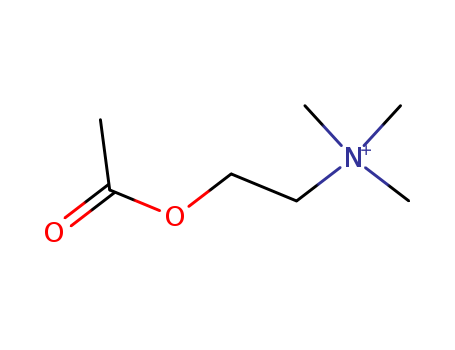10.1111/cbdd.13136
The study focuses on the design, synthesis, biological evaluation, and docking study of novel 4-isochromanone compounds bearing an N-benzyl pyridinium moiety, which were developed as dual-binding site acetylcholinesterase (AChE) inhibitors for potential use in treating Alzheimer's disease. The chemicals used in the study include a series of synthesized 4-isochromanone derivatives with varying substituents at different positions on the benzyl group and the 4-isochromanone skeleton. These compounds were evaluated for their inhibitory activities against AChE and butyrylcholinesterase (BuChE), selectivity, neurotoxicity, and plasma stability. The purpose of these chemicals was to serve as potential anti-Alzheimer's disease agents by increasing acetylcholine levels in the brain through the inhibition of cholinesterase enzymes, with the aim of improving cognitive functions. The most potent compound, 1q, showed an IC50 value of 0.15 nM against AChE and a high selectivity index (SI > 5903), indicating its potential as a lead compound for further development.
10.1021/jm00296a013
The research investigates the structural and substituent effects on the inhibitory potency of choline acetyltransferase (ChA) inhibitors within the styrylpyridine analogs. The study aims to refine the understanding of how molecular structure influences the potency and selectivity of these inhibitors, with a focus on developing highly potent, selective, and water-soluble ChA inhibitors. Key findings include the observation that highly electronegative substituents (such as SO2 and CO2) on the phenyl ring diminish inhibitory potency, while less electronegative halogens (Cl, Br) enhance it. The study also highlights the importance of maintaining coplanarity between the two ring systems for optimal inhibitory activity. Substituents that induce deviation from this coplanarity are unfavorable. Additionally, 3-methyl substitution on the pyridine ring enhances potency, and the nature of the pyrido-attached quaternizing group is noncritical, with hydrophilic substituents providing potent and more water-soluble derivatives. In the research, choline acetyltransferase (ChA) is described as an enzyme that plays a crucial role in the synthesis of acetylcholine, a neurotransmitter essential for various physiological functions, including nerve signal transmission. The research concludes that ChA inhibitory activity among these compounds is favored by thin, flat molecules with one end having p-electron-excessive characteristics and the other end p-electron-deficient, separated by a conjugating exocyclic bond.





